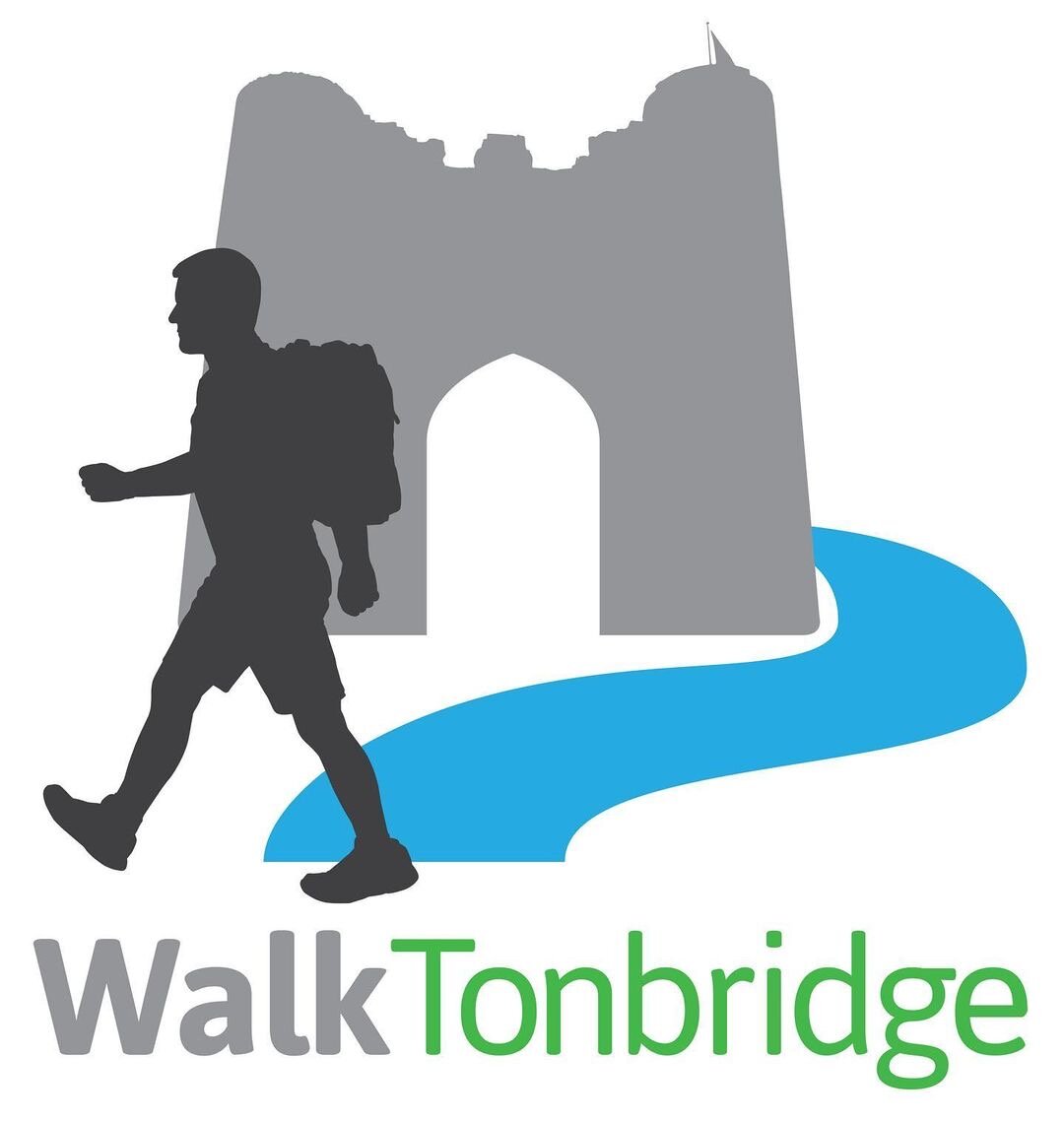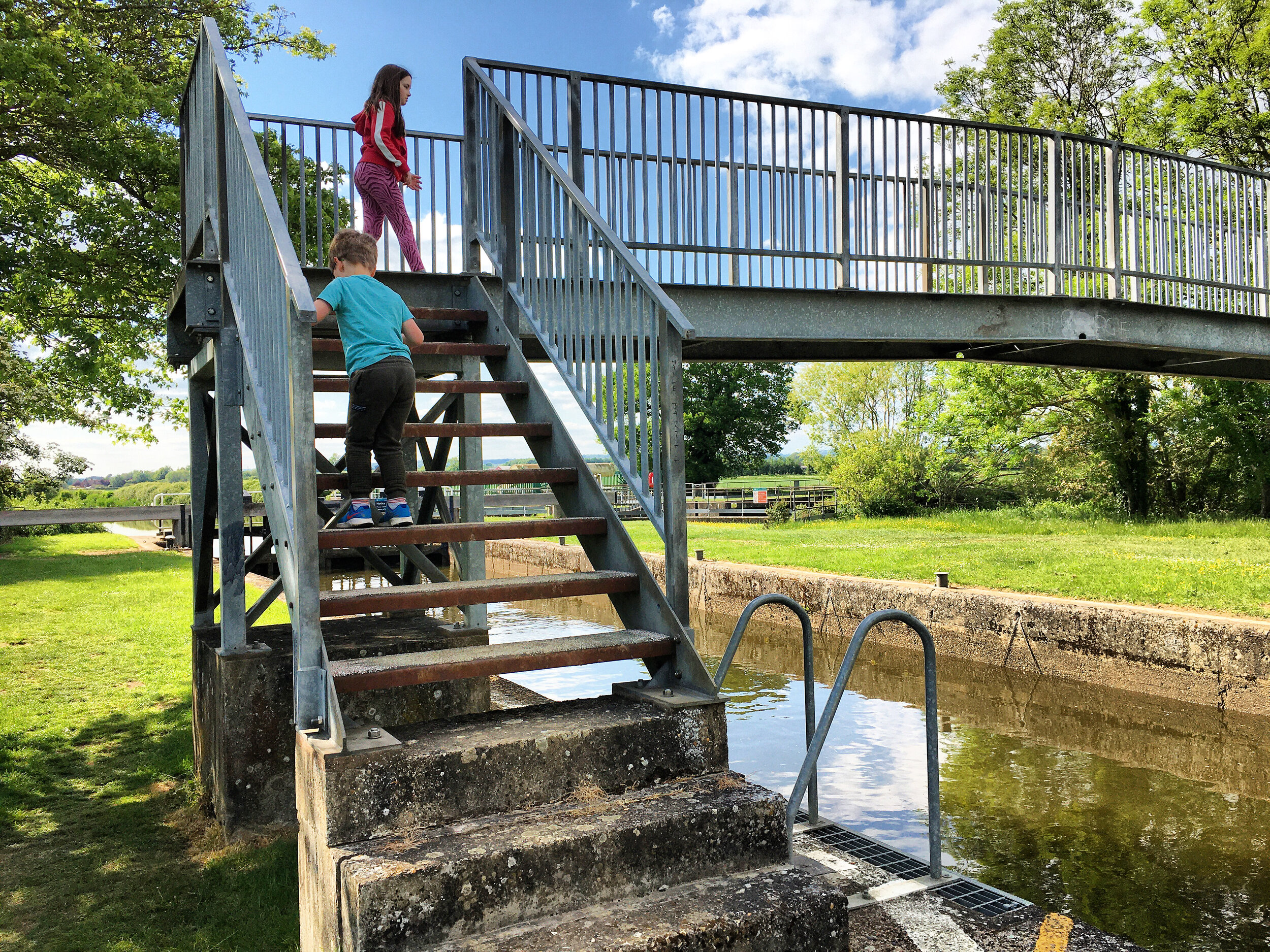Walk 8: The Little Ace
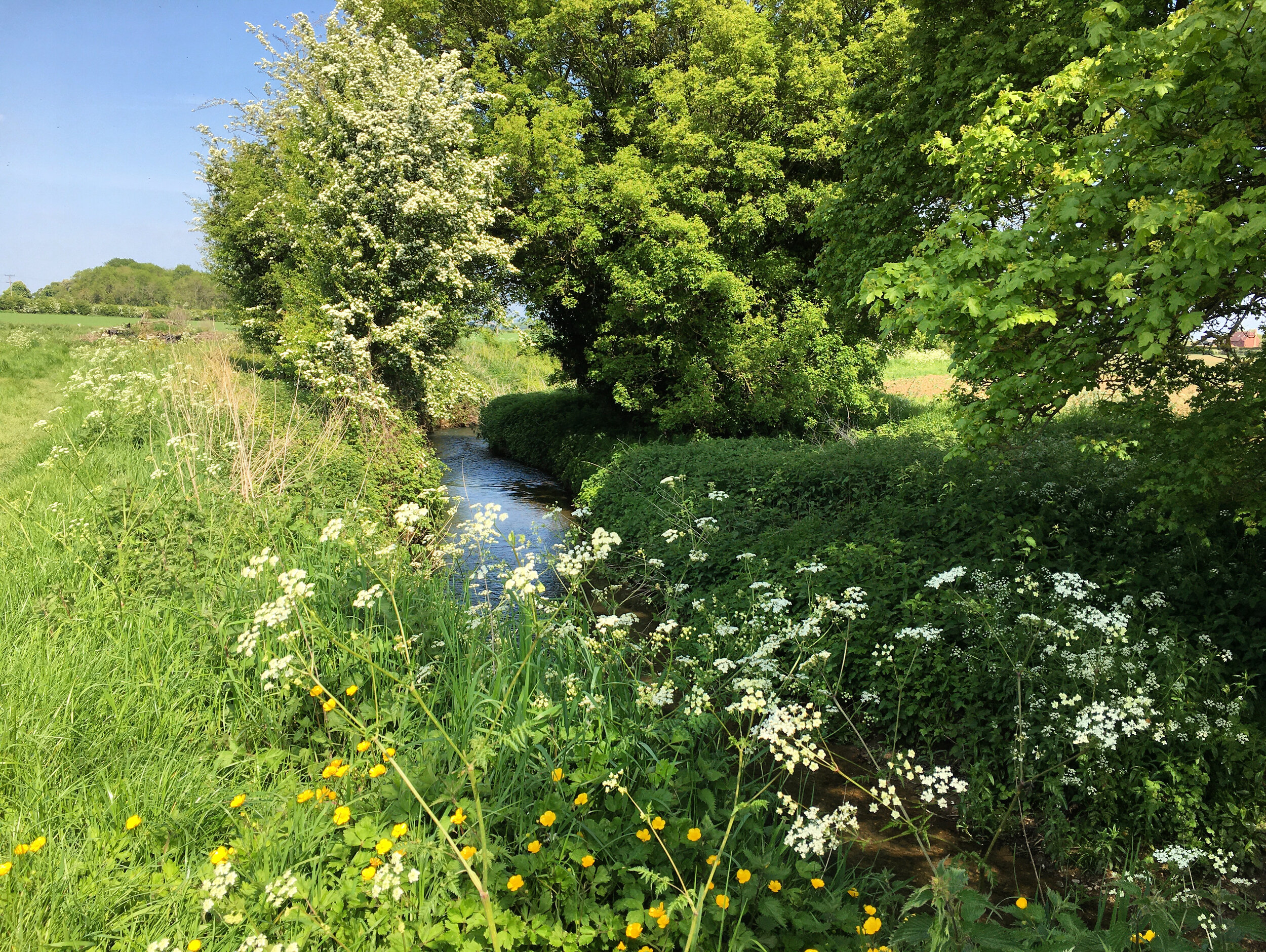
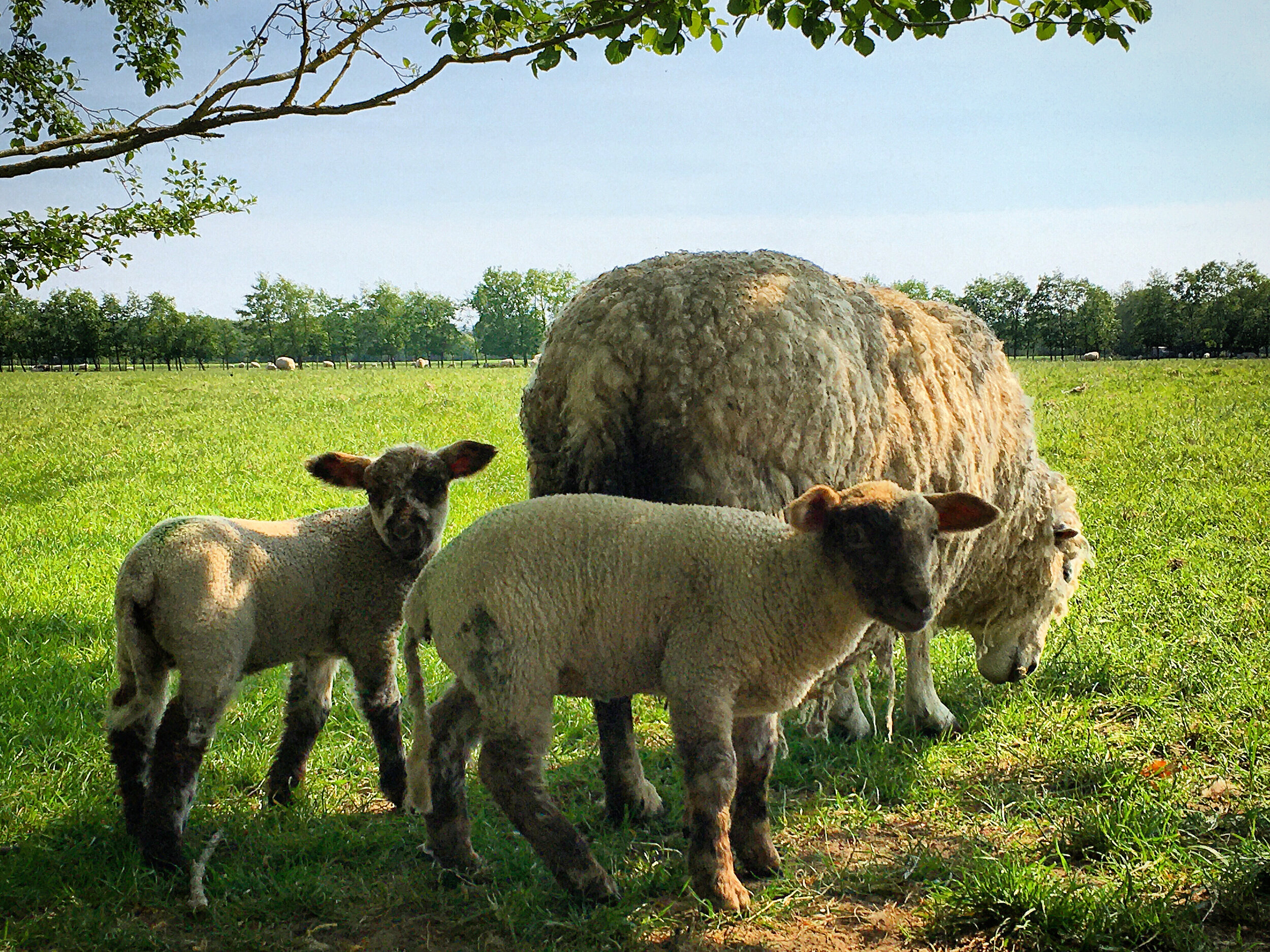
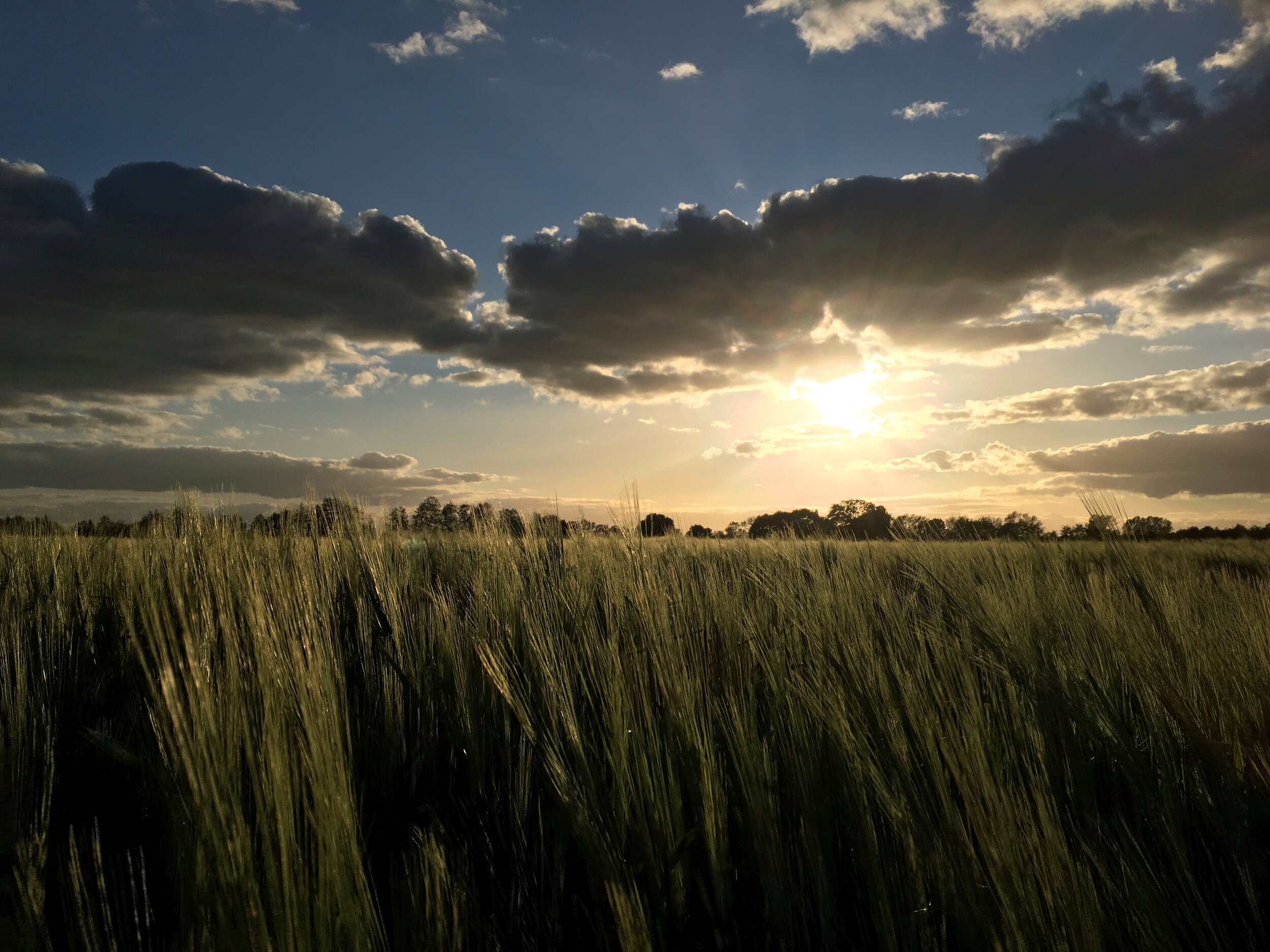

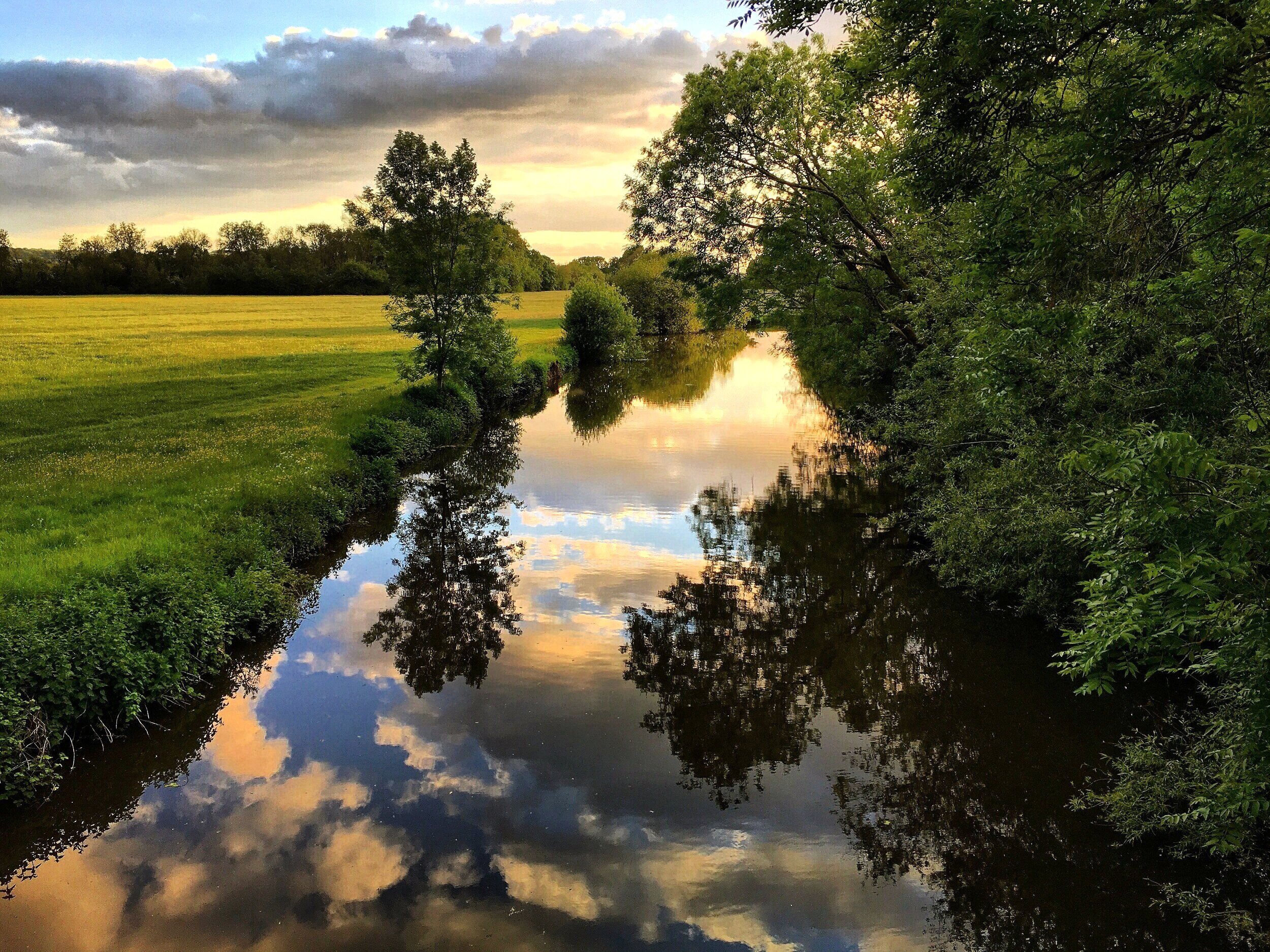
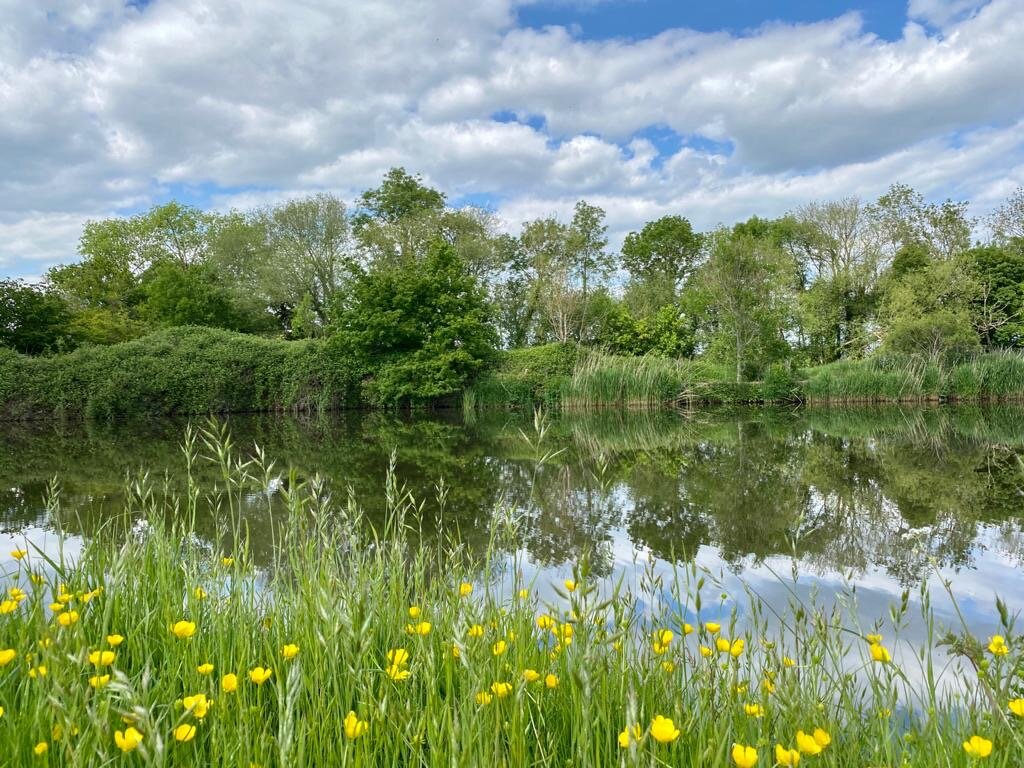
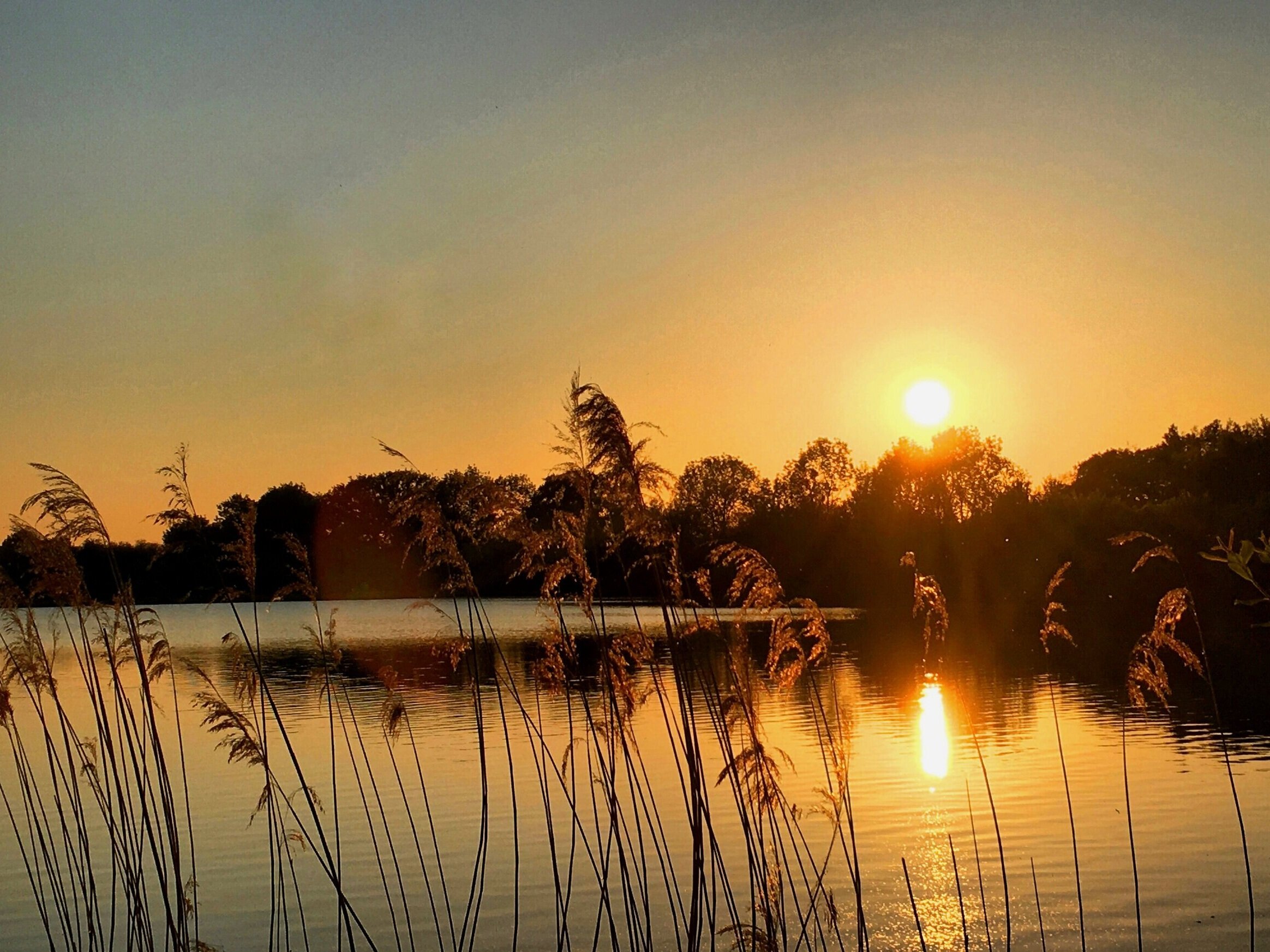
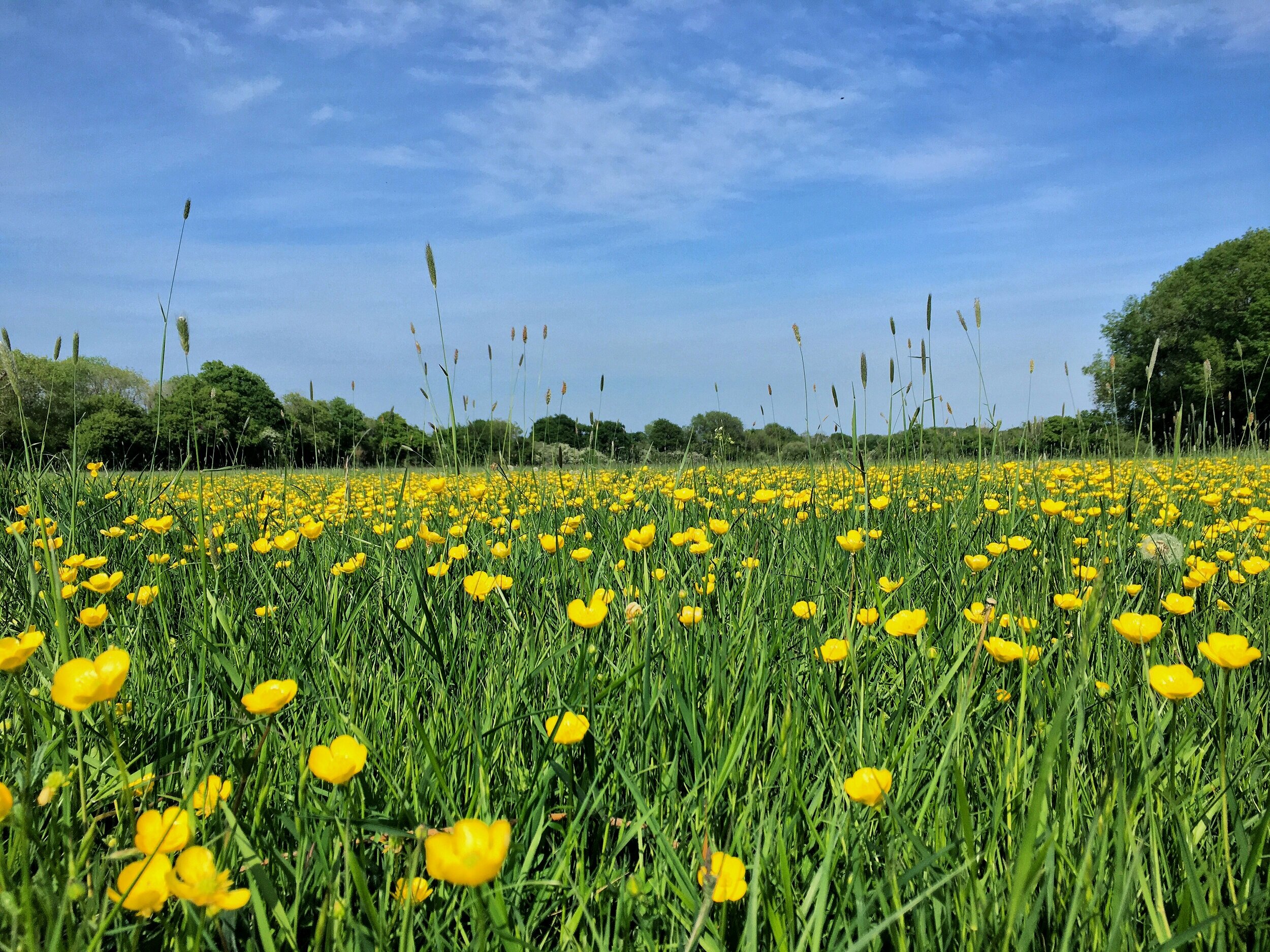
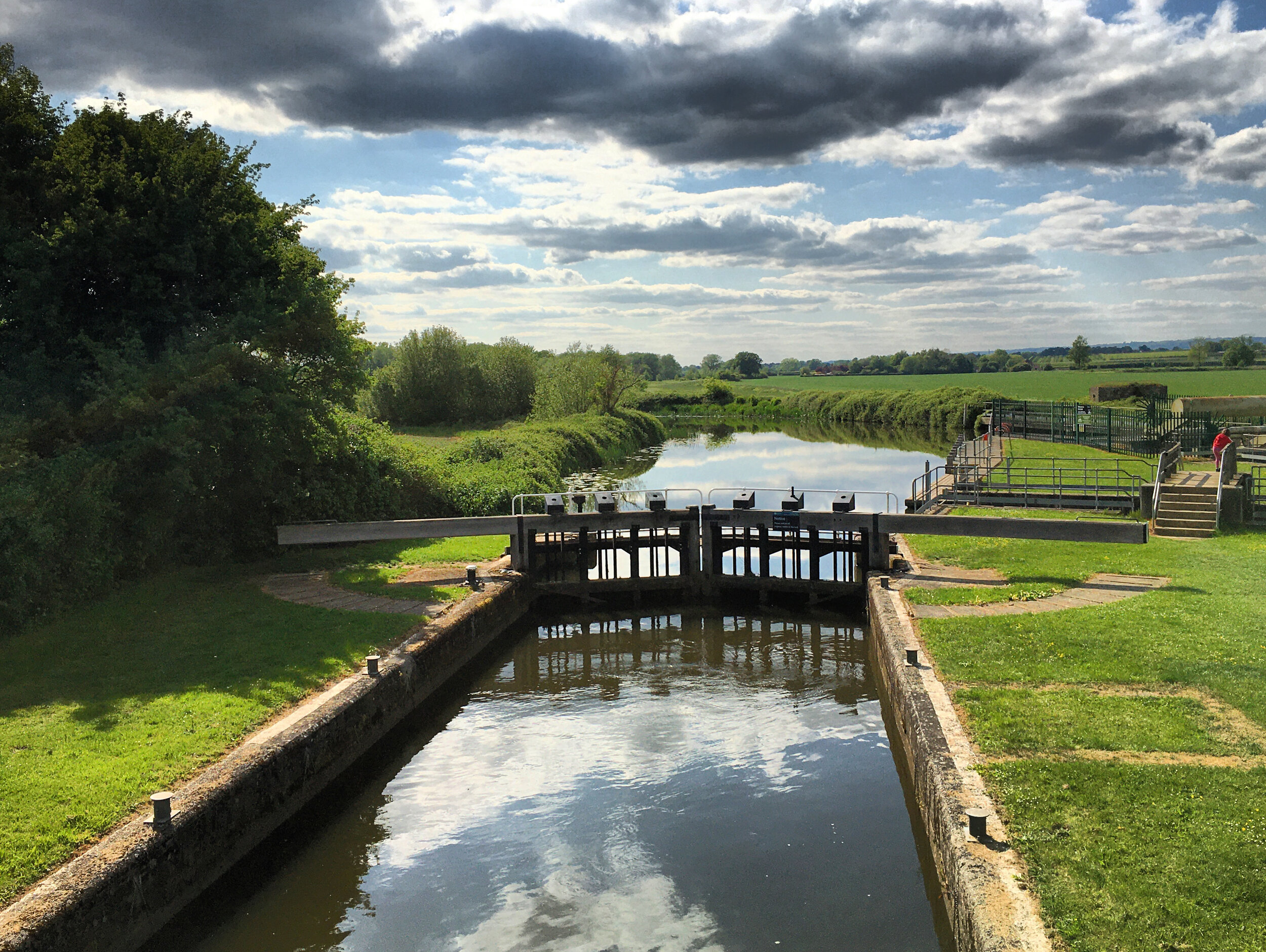
One of the things I’ve missed most about lock down is playing poker. Every week a large group of us, aged between 20 something and 70 plus, would get together and try to outsmart, outwit and out luck each other, in a bid to take down the small stakes and secure that weeks bragging rights.
For a couple of years we used to congregate at The Bell Inn, a short drive away in the neighbouring village of Golden Green. The trip out from Tonbridge would be tinged with bravado and excitement, buoyed with expectation at what might happen that evening. The late night ride home was often a different story. Tales of bad beats and big lay downs were exchanged as the highs and lows of the match were analysed in detail.
The most memorable part of those journeys for me though, were the little things. The wheat shimmering on a summer evening, burning sunsets over the fields, and occasionally an owl swooping across the road. It’s these memories in particular that I wanted to share with my family, which is what brought me back for a walk around Golden Green.
We’ve tried this route as a family a few times now and on each occasion it never fails to deliver. The varied scenery and the simple beauty of the rivers and lakes keep on bringing us back for more. Each time we spot something different and there’s always room for natural play.
Just like an ace, this walk is one of the best cards in the pack, and with my hand on heart I can honestly say that isn’t a bluff!
Begin your walk at Signpost recreation ground, Golden Green. Cross Three Elm Lane with care and then turn right into Victoria Road.
Continue for approximately 200 metres until you reach the bridge. Hold onto your pooh sticks as there are some safer spots to play later in the walk.
Following the River Bourne
Cross the bridge and take the path on your right, walking between the field and the river bank. You will be walking along side the River Bourne. Back in the 18th century it was known as the “Busty" or "Buster", handy as there are seven other rivers in the UK which share the same name. The river was once home to a number of watermills - you can read more about these on the 'Darling Buds’ walk, which takes you past the only remaining mill on the river.
Pooh sticks at The River Bourne, Golden Green
Continue along the bank for 700 metres until you reach a wooden bridge. This is a much better spot for Pooh sticks. The height of the bridge, combined with the fast flowing stream, make for plenty of action!
Cross over and then take the path through the field, round to the left of the hedge. This follows a little stream that connects the Bourne and The Medway. In the distance you will see Barnes Place, an old Tudor farm house dating back over 600 years, making it the oldest surviving house in the village.
Barnes Place, the oldest building in Golden Green
Once you reach the large gate, turn right onto Three Elm Lane and walk down the road with care for 15 metres before taking the left hand turn down the track.
Walk past the cottages and then climb the stile. Turn left at the hay barn and then turn right through the gate, just before the farm yard. Remember to close this behind you and keep any dogs on a lead as there are sheep grazing nearby.
Walk down the grass track between the stream and the field. At the end you will come to a second gate leading directly into a sheep field. This one is a bit stiffer to open. In spring there will be hundreds of lambs skipping around excitedly, and on warmer days you may see them coming down to the stream to drink.
Hay barn near Barnes Place farm
On the other side of the hedge there is a hop garden. Hops were first introduced to Kent in the 15th century. They came from the Low Countries (now known as Belgium and the Netherlands) and were predominantly used to flavour and preserve beer. At the time, beer brewed using malt was known as 'ale', where as if it was brewed with hops it was described as 'beer'. As the popularity of the continental brew heightened, the value of the crops rose, resulting in the planting of over 46,000 acres of hop gardens in Kent alone.
Pass through a third metal gate and then take the grass track to the right of the ditch. Don't panic if the bolt comes off in your hand, it does this every time - do replace it though!
To your left you will see more hop poles. Up until the 1960's the hops were picked by hand. At the peak of growing an estimated 80,000 workers were required for the job. Many of the pickers made an annual pilgrimage down from London, that doubled as a working holiday for all the family. You can read some memories of the hop pickers here.
Hop Garden, near Golden Green
Once picked, the hops would be dried in a kiln - for which the Dutch word is eest, or as we say in Kent oast. The staggering amount of oast houses around Tonbridge gives you some indication of just how many hops were once grown in this area. The oasts have long been converted (in one case a theatre!) but the hops are still used to flavour beer, including some produced locally by Tonbridge brewery.
Walk through the next gate and go straight across the field. On the other side you will find Ford Green bridge, spanning the River Medway. Cross over, taking the time to admire the water meadows from above. In summer these are filled with buttercups, though if it’s a wet winter these will be submerged as they sit directly on the flood plain.
Crossing over Ford Green Bridge…
Continue straight ahead, taking the path to the left of the trees. Swish through the meadow, stopping for a game of hide and seek if you are with younger walkers. If you sit down, the grass will close in around you, making an ad hoc den.
Chilling in the long grass at Ford Green
At the end of the meadow pass through the wooded glade before climbing the stile. Come Spring you can spot a few bluebells and you may catch a whiff of wild garlic. The smell gets stronger once its leaves are crushed, so you will know if you have trod on some.
Follow the path through the bushes and round to the left. You will catch glimpses of a large lake through the trees and a smaller swampier one to your right. The giant reeds and closely packed hedges give it the feel of a bird hide.
The wooded glade
This is one of five lakes in the area, all former gravel pits that have sat dormant since the recession of 2008. The quarry was put into hibernation as the value of its minerals dropped below the cost of quarrying them. The absence of noise and heavy machinery created an impromptu wildlife reserve now home to swans, ducks, geese and countless birds. When the sun has set you may even see or hear bats and owls.
Through the reeds at Stonecastle farm quarry
Cross the little footbridge and turn left. Follow the path round the hedge and past the gates until you reach another wooden bridge. At this point you have the option of turning left, taking an additional 1.5 mile / 2.4 kilometre circular walk round Moat Farm, or you can turn right and continue on the shorter route back to Golden Green.
The longer walk is a straight forward hike across fields of crops, circling round the farm through some orchards, before returning via a long farm track. The scenery is not as varied as the main walk, but it's a good work out and makes a lovely figure of 8 if you are mapping your route!
I have listed full directions for both routes below.
An orchard at Moat farm, part of the ‘big 8’
When continuing to Golden Green, take the path to the right of the bridge through the gap in the hedge. This is a causeway running between two more lakes. The gaps in the trees allow for a great view of the larger lake, especially at sunset.
Since 2018 there have been plans to massively extend the quarry, threatening the surrounding countryside and bringing into question the affect this could have on the nearby flood plains. You can read more about this here.
Stonecastle Farm quarry
Cross the bridge at the end of the causeway and walk across the small grassy field. The next bridge will bring you out into another water-meadow teeming with butter cups.
Buttercup meadow
Pass through the hedge and you will see the river once more. On the other side of the kissing gate is East Lock, one of the larger locks on the Medway. There are ten in total, including Town Lock in Tonbridge, and Eldridges/Porters Locks which feature on the ‘Orchard and River song' walk.
You can cross the river using either of the lock gates or the footbridge. You might see a boat passing through or a kayak whooshing down the canoe pass. Not only do these narrow 'slides' allow canoeists to paddle down stream without having to negotiate the locks, they also enable freshwater fish and eels the freedom of movement up and down the river.
East Lock
The lock forms a grassy island so you may want to stop and enjoy the river a little longer with a picnic. Please take any rubbish home so that everyone can enjoy this spot. Remember that there is deep and fast flowing water nearby so keep an eye on any little ones with you.
Once you have reached the other side of the bank go through the gate and walk straight ahead between the two pill boxes. These little hexagonal forts were built during the second world war and were designed to defend the river against the threat of an invading army. You can read all about the history of the pill boxes near Tonbridge on another of my walks 'The Pillbox safari'.
Pillboxes guarding East Lock
Follow the gravel track until you see a path, turning off through the field to your right. If in doubt, head in the direction of Hadlow Tower or, as we used to tell our daughter, Princess Rapunzel's house.
Walk through the gap in the hedge and then alongside the wheat field, passing two large oak trees. In summer the barley shimmers emerald green by day, and takes on a golden colour in the late evening sun. It makes for truly lovely photos if you catch the right light.
Walking past the barley fields
At the end of this path leave the field via the kissing gate and walk up Kelchers Lane until you reach the car park where you began your walk.
Grown up walkers may want to stop at the Bell Inn for a drink. It's a traditional village pub with a rich history. There is a lovely patio at the rear of the pub and in winter there is a log fire to cosy up next to on colder days.
The Bell Inn, Golden Green
Afterword
If you've enjoyed this walk and the beauty surrounding Golden Green then please show your appreciation by helping 'Save Capel' by signing their petition, making a donation or both. Not only are the lakes under threat from further quarrying; there is also a new 'village' earmarked for development near Tudeley. Over 4000 new houses are planned, along with a secondary school. These developments will scar the landscape forever - once its gone, its gone. You can help by signing their petition or donating to towards their fundraising efforts.
